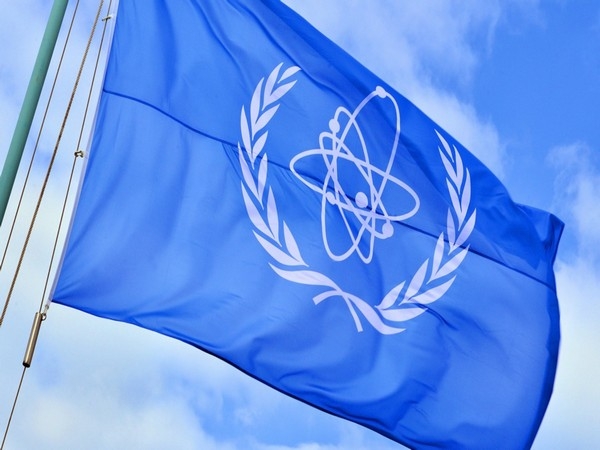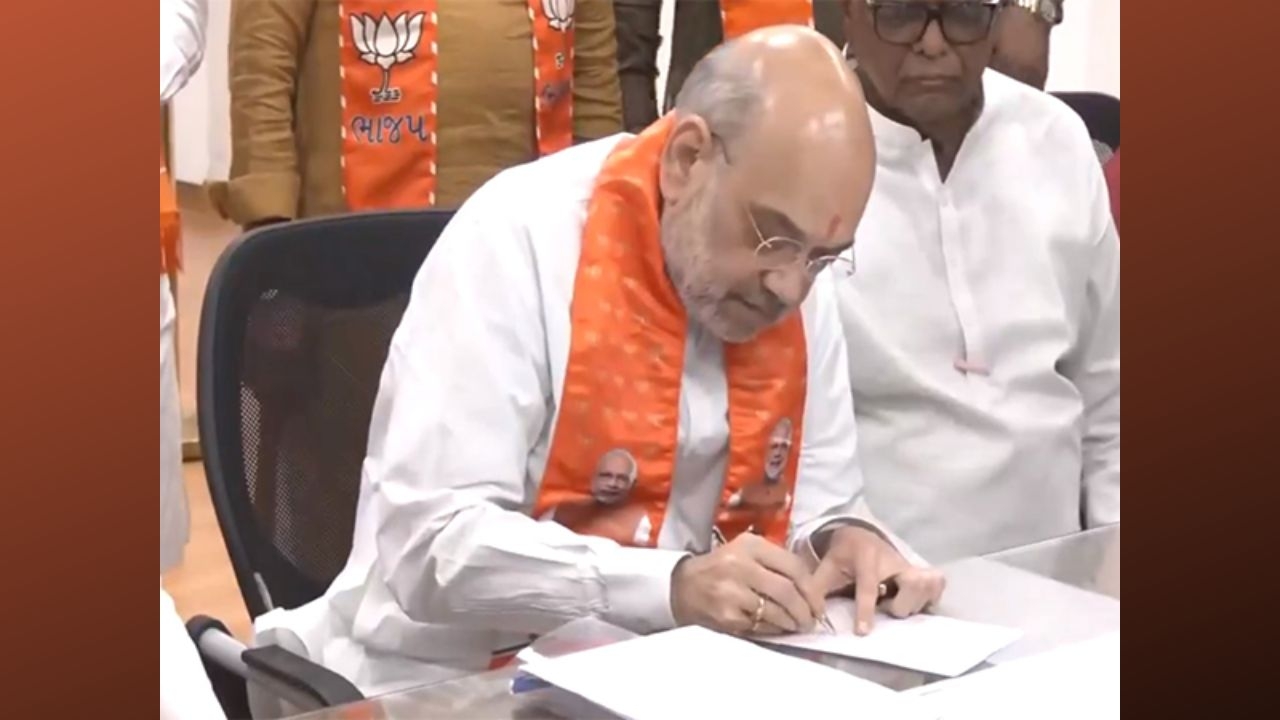The National Food Security Act has got the Kashmir Valley protesting. Here's why
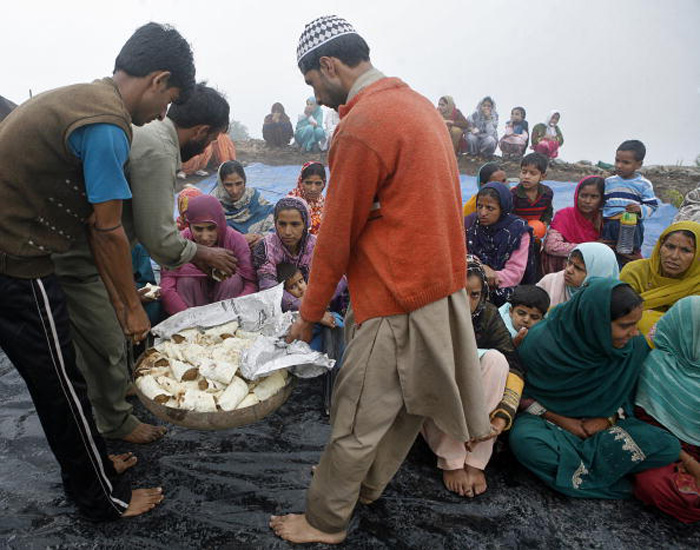
The protests
- Massive protests in north Kashmir against the National Food Security Act
- A gap in demand & supply has caused this intense reaction to the Act
Changing situation
- Agricultural land is fast depleting in the Valley
- Their contribution to the GSDP has taken a beating
More in the story
- Reasons why the Valley is facing dramatic changes
Earlier this week, a large protest was held in north Kashmir's Baramulla town against the implementation of the National Food Security Act (NFSA). It allows for each person of a family with a ration card to get only 5 kilogrammes of subsidised rice, against the earlier 35 kg per card.
People are furious that the Act will substantially reduce their monthly food entitlement from the Public Distribution System. Some are even threatening to cross the Line of Control to procure rice if NFSA isn't revoked.
Also read - Growing economy, failing agriculture: why this is a disastrous mix for India
There was also a protest at Tangdhar, a town along the Line of Control. People there actually tried to march towards the LoC. In the Chrar-e-Sharif area of Budgam district, angry protesters burnt their ration card in protest.
Protests also swept through downtown Srinagar. People in areas of Bohri Kadal, Khanyar, Nowpora, Barbar Shah, Khawaja Bazar and adjacent localities hit the streets. They shouted slogans against the Act and blocked traffic.
This massive outpouring of anger took even the state government by surprise: the Valley is a witness to frequent the anti-India and pro-Azadi demonstrations, but there are fewer protests against administrative lapses or an unpopular government decision. But the reaction to NFSA has been disproportionate; a development that has directed the attention of people towards the causes underlying the unrest.
Depleting agricultural land
"Since 1972, the area in the Valley under paddy cultivation has shrunk by over 20 lakh kanals. This has increased our dependence on food imports," says the head of Kashmir University's Earth Sciences Department Prof. Shakeel Romshoo. "If the cultivable land keeps depleting at this rate, we will soon be dependent on food imports for 80% of our food requirement."
Agricultural land in the Valley has reduced drastically over the years and may lead to a situation where there is none left
Official figures paint a grim picture. According to government estimates, the total area under paddy cultivation in Kashmir in 1981 was 1,66,000 hectares, but it shrank by 24,650 hectares to 1,41,350 hectares. The decrease in agricultural land has been precipitous since 2012, with around 16,650 hectares of paddy being turned into built-up area, or some other non-agricultural use. This works out to a loss of 228 kanals of land a day and 5,550 hectares a year. At this rate, there will barely be any land for cultivation by the 2050s.
Similarly, according to the Jammu and Kashmir Economic Survey report 2014-15, the estimated percentage contribution of agriculture and allied sectors to the Gross State Domestic Product (GSDP) has gone down to 17.49% against the corresponding share of 28.06% in 2004-05 at constant prices. Food grain deficit which in 1950-51 was 32% has now shot up to 81.50%.
Also read - Supreme Court issues notice to Government over non-implementation of Food Security Act
Reasons for this change
The causes for this dismal state of affairs are rapid and unplanned urbanisation, conversion of agriculture land into residential colonies and the apple orchards.
The underlying structural factors which have driven this change are the depleting glaciers because of climate change, and the Indus Water Treaty which has severely restricted the scope for agricultural expansion in the State.
J&K Economic Survey shows a fall in the Valley's contribution to the Gross State Domestic Product
"IWT has limited our irrigation potential," says Nisar Ali, a former member of the J&K Finance Commission."We are forced to use our hydro-resources at sub-optimal level".
The Treaty was signed at Karachi by Field Marshal Mohammad Ayub Khan, the then President of Pakistan, and Jawaharlal Nehru, the then Indian Prime Minister, with arbitration of the World Bank on 19 September 1960.
Protests triggered by a deficiency
In 2015, a detailed state government report to the central government, pegged the monthly shortfall at 10,817 metric tonne across rice, wheat and sugar; the food grains which come under the public distribution system in Kashmir Valley.
"The gap between demand and supply in Jammu and Kashmir is increasing at a faster rate than the increase in the production level," the report stated.
As of now, the J&K Government gets the federal supply of ration under the Public Distribution System to only 19,72,000 families, while as per the 2011 census, total families are more than 24 lakhs.
Unplanned urbanisation, depleting glaciers and the Indus Water Treaty are some reason for the changes in the Valley
So there is a huge deficiency of food in the state which explains the widespread public unrest over NFSA. What's more, in addition to the mainstream political parties, these protests have been supported by separatist groups too.
Moderate Hurriyat Chairman Mirwaiz Umar Farooq has termed the Act "inhuman and anti-people". The implementation of the Act he said, will "force people into starvation".
In December last year, the Jammu and Kashmir government decided to implement the National Food Security Act in the State from 1 February. The government did it directly without bringing in a legislation, as a Central Act cannot be directly implemented in the State.
Giving details, the government said that the Act will benefit 74.13 lakh people from poor and marginalised sections of society, as they will be provided ration at highly-subsidised rates of Rs 2 per kg for atta and Rs 3 per kg for rice. Another 45 lakh people in the non-priority category will also be provided atta at Rs 8 per kg and rice at Rs 10 per kg.
Edited by Anna Verghese
More in Catch -
Jean Dreze explains how Odisha managed to make public distribution system work
Food Security. And why the Supreme Court served Gujarat a sound slap
First published: 10 March 2016, 8:53 IST


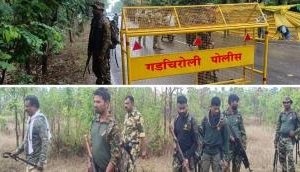

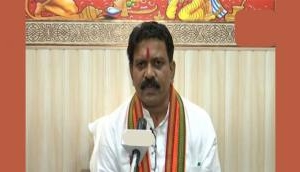

![BJP's Kapil Mishra recreates Shankar Mahadevan’s ‘Breathless’ song to highlight Delhi pollution [WATCH] BJP's Kapil Mishra recreates Shankar Mahadevan’s ‘Breathless’ song to highlight Delhi pollution [WATCH]](http://images.catchnews.com/upload/2022/11/03/kapil-mishra_240884_300x172.png)

![Anupam Kher shares pictures of his toned body on 67th birthday [MUST SEE] Anupam Kher shares pictures of his toned body on 67th birthday [MUST SEE]](http://images.catchnews.com/upload/2022/03/07/Anupam_kher_231145_300x172.jpg)


